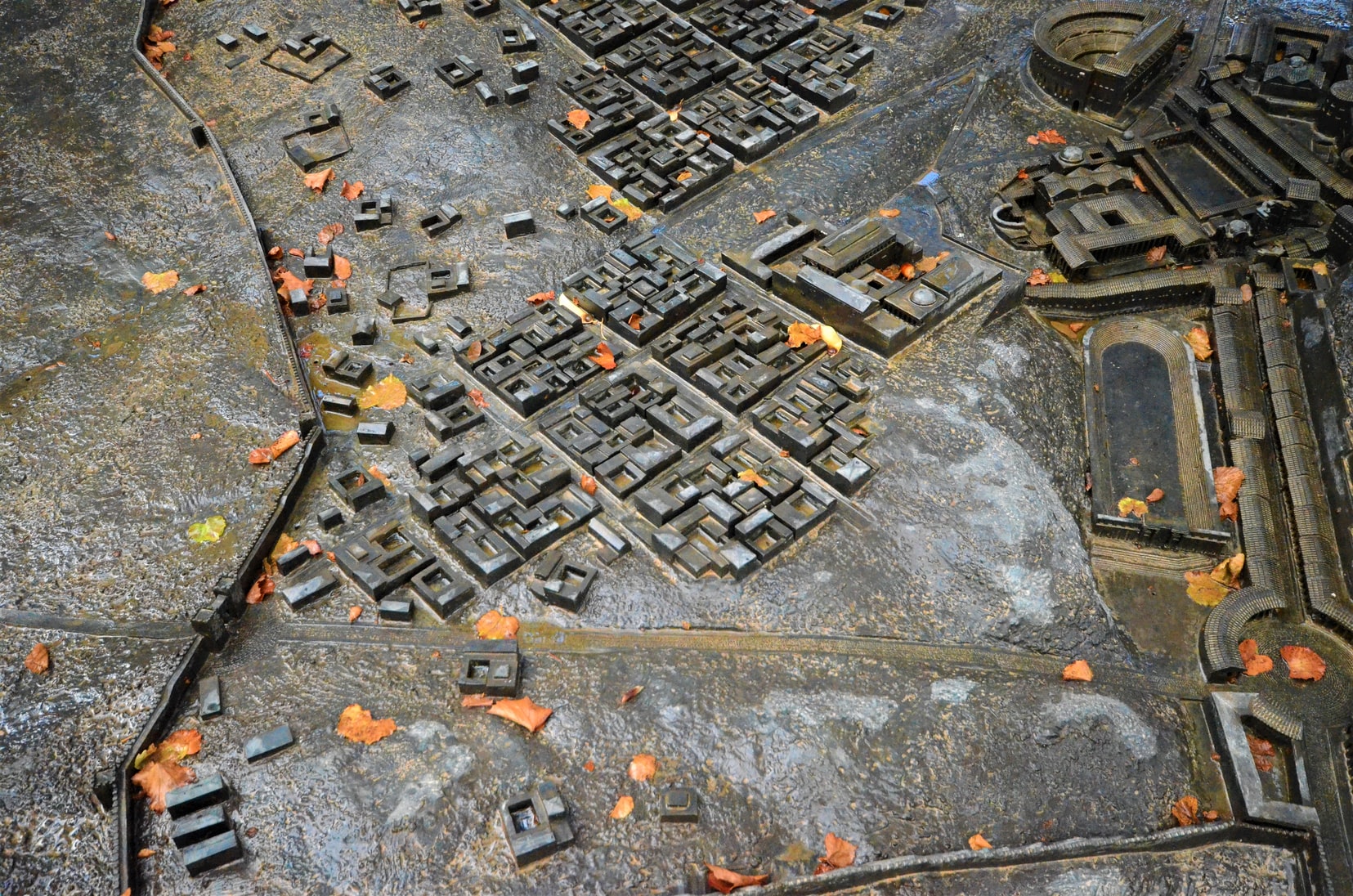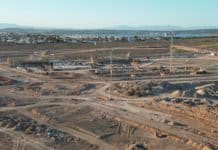Your septic system is considered one of the most critical yet neglected working elements of household property. More importantly, most people are uninformed of the measures that require to be considered to guarantee your septic system’s health and reliability.
Several rural areas and some suburban regions do not have access to sewers.That’s why they have relied on building a new septic system to maintain a wastewater treatment method for the home and property.
Installing a new septic system is more difficult than just placing a large barrel in your yard. It would be best if you consider the expenses of digging out a part of your backyard enough to house a septic tank that’s size suitably for your home and your estimated consumptions.
The size and range of the digging project may affect how much you pay. You have to consider which kind of tank you’ll use, as there are various kinds of tanks produced from several materials. Some are more expensive than others, and the tank’s size also influences the cost.
You may as well require to apply for a permit and pay the city or county for permission to drill in the first place. Below is what to keep in mind when planning to install a new septic tank system in your home.
1. Remove An Old Septic System
It is extremely advised to locate and eliminate any old septic tank or system. Leaving a sizable empty tank beneath your ground is a safety risk and a health issue. If it has not been cleared, it could erode and ooze old septage, the term for a septic tank’s flow and solid contents, within your groundwater.
Several states require the tank to be removed or emptied and stuffed with gravel. Additionally, if the drain field is being removed as well, some states demand the drain field to dry out before removal is administered. Always check with your local bureaus to settle your best operation plan and if any permits are required.
2. Ask For Local Government’s Approval
You basically require permission to construct and approval to utilize your septic system. A request and the needed reports must be presented to your local government or the Head of Public Health.
After obtaining the consent to construct, you can then continue building your septic tank and leach drain. It is held an offense to continue with making or installation without endorsement from the relevant governing bodies.
3. Installation Costs
If you propose to install a new septic tank system, you should consider how much money you require to complete what needs to be done. Think if you have a fixed budget or have enough funds to support it. Still, it is always advisable to ask for an expert quotation so you can sort out what you’ll be encountering while the installation is in progress.
If you are unaware of the expenses, the tendency is you’ll opt for cheaper materials that have lower quality. You’ll ask for more low-cost labor from services that are not assured of an excellent outcome. Surely it would be best to plan and allocate a budget based on your standard from the beginning until the end process.
4. Landscape
The terrain on which the builder decides to install the septic system is essential. Ideally, the landscape should be flat rather than sloppy to evade loss from runoff. The flat surface will also guarantee that your drain field works appropriately, as it distributes treated water within the encompassing surroundings.
The landscaping in your lawn determines the excellent feature to install the new septic system. A reliable service provider will avoid setting the system, especially the septic tank, anyplace adjacent to trees, structures, and other barriers. It is because the roots of the tree might break the septic tank and sewer drains.

5. Septic System Type And Size
Septic systems always come in various models and designs, that include gravity, pressure, and aerobic systems. Choosing the best design ultimately depends on how strongly your property can consume and dispose of water. The constructor must administer different tests and evaluations on your property to learn the suitable septic system design.
Size is also everything when picking the best septic system for your property. It covers the measure of the drain field and the measurement of the septic tank. The proper sewer system should be big enough to support daily water volume usage and manage anticipated future use. If your house or property has several residents, you will require a large septic tank to control the high volumes of wastewater.
6. Choose The Best Septic Installation Provider
It’s essential to seek a reliable septic tank system installer. Choose an honest company that provides accurate information so that you can make an acquainted choice. If you are having concerns choosing the right provider near your location, you can check what the experts at septictank.com have to offer and filter the best-recommended provider for you to inquire.
Whether installing a new septic system or reconstructing an old one, it is advisable to involve a specialist to appropriately perform the job. If placed suitably, a septic system can serve for years without crashing down, subsequently cutting down maintenance and servicing charges.
7. Be At The Installation Process
Most of the time, clients are not present on-site to check how a system is installed. If you are present during the installation, it can give you a lot of information on how your system is constructed in your yard and is finished. Being there for some of the work will let you see the installation team’s work quality, enabling you to provide them an honest review online.
Distinguishing where your system is buried will assist you with landscaping and prevent you from planting anything above or nearby that might wreck your system by root infiltration.
8. Note Before Using Your New Septic System
Several states expect an inspection before you can start utilizing your plumbing devices again. An inspector from the regulatory office will visit your property and check that the system has been installed based on code and industry standards. They will also run water in a plumbing tool to ensure that the system is controlling wastewater perfectly. If this inspection is not performed, verify with your local agency to understand if this is standard procedure.




